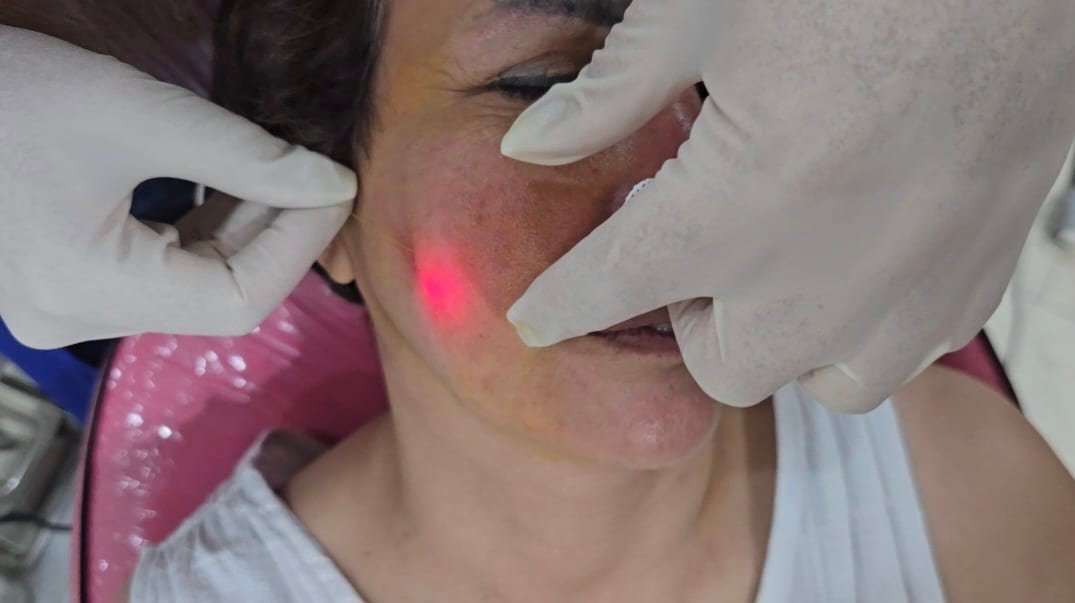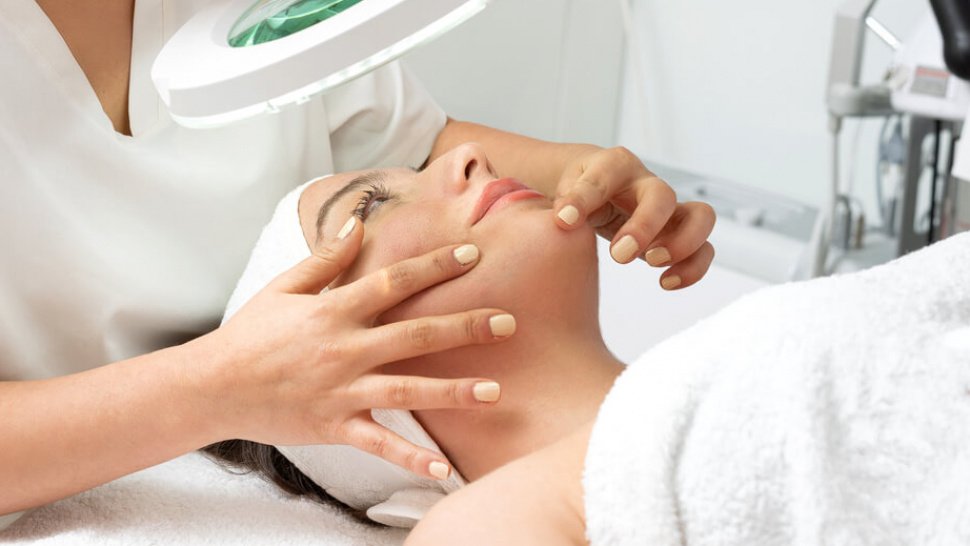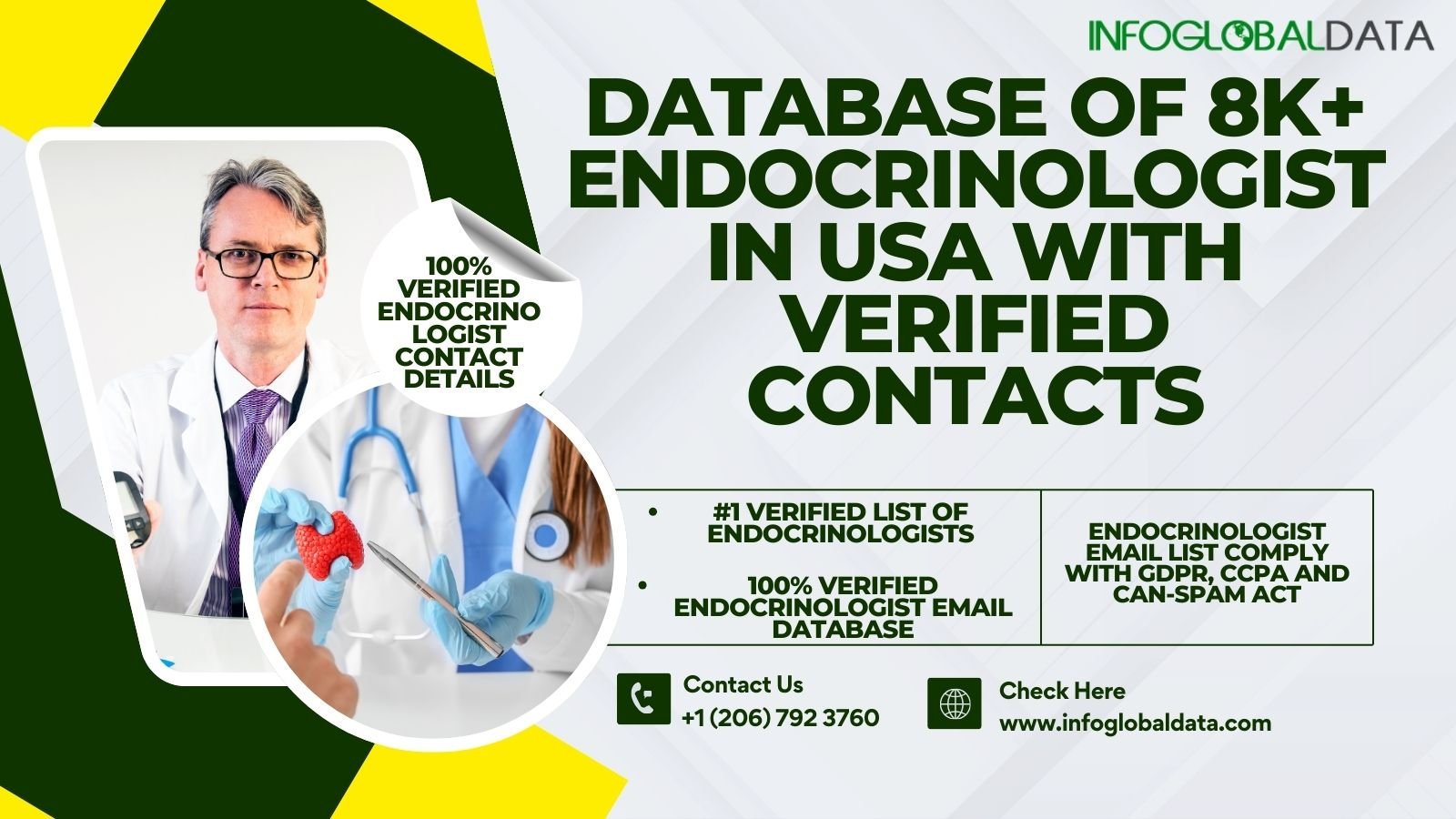Tendon injuries are among the most common musculoskeletal problems faced by athletes, active individuals, and even those with sedentary lifestyles. These injuries often lead to pain, decreased mobility, and prolonged recovery times, impacting daily life and overall well-being. As medical science advances, innovative treatment options such as Stem Cell Therapy in Abu Dhabi have garnered increasing attention for their potential to promote healing and restore function. But the question remains—is stem cell therapy effective for treating tendon injuries? In this comprehensive guide, we’ll explore the science behind stem cell treatments, their benefits, and how they may serve as a promising solution for tendon repair.
Understanding Tendon Injuries
What Are Tendons and Why Are They Prone to Injury?
Tendons are fibrous connective tissues that attach muscles to bones, enabling movement and stability. Their resilient structure is essential for proper musculoskeletal function, but they are also susceptible to injuries caused by overuse, trauma, aging, or degenerative changes. Common tendon injuries include tendinitis, tendinosis, and tendon tears, each varying in severity and healing requirements.
Symptoms and Diagnosis of Tendon Damage
Tendon injuries typically present with symptoms such as localized pain, swelling, stiffness, weakness, and reduced range of motion. Accurate diagnosis often involves clinical examinations complemented by imaging techniques like ultrasound or MRI to assess the extent of damage. Timely diagnosis is crucial for selecting the most effective treatment approach.
Traditional Treatments for Tendon Injuries
Conventional Approaches to Tendon Repair
Historically, treatments for tendon injuries have included rest, physical therapy, anti-inflammatory medications, and in some cases, surgical intervention. These approaches aim to reduce pain, control inflammation, and promote natural healing processes. However, they may not always result in complete recovery, especially in chronic or severe cases.
Limitations of Conventional Methods
While traditional treatments can be effective for mild injuries, they may fall short in promoting tissue regeneration or restoring full tendon strength in more complex cases. Prolonged recovery times and the possibility of re-injury highlight the need for advanced therapeutic options.
The Role of Regenerative Medicine
What Is Regenerative Medicine?
Regenerative medicine is a rapidly evolving field focused on repairing, replacing, or regenerating damaged tissues and organs. It harnesses the body’s natural healing potential and employs innovative techniques like stem cell therapy to facilitate tissue regeneration.
How Stem Cells Contribute to Healing
Stem cells are undifferentiated cells capable of transforming into various specialized cell types. Their ability to differentiate and promote tissue repair makes them a promising tool in treating injuries that involve tissue degeneration or damage, including tendons.
Stem Cell Therapy: An Innovative Approach
What Is Stem Cell Therapy?
Stem cell therapy involves harvesting, processing, and injecting stem cells into injured tissues to stimulate healing. This minimally invasive procedure aims to leverage the regenerative capabilities of stem cells to repair damaged tendons more effectively than traditional methods.
Types of Stem Cells Used in Treatment
Various sources of stem cells are used in therapy, including mesenchymal stem cells derived from bone marrow or adipose tissue. These cells are selected for their high regenerative potential and compatibility with the patient’s body.
Mechanism of Action in Tendon Repair
When introduced into the injured tendon, stem cells secrete growth factors and cytokines that modulate inflammation, promote new blood vessel formation, and stimulate the proliferation of native cells. This biological activity accelerates tissue regeneration, improves structural integrity, and enhances functional recovery.
Effectiveness of Stem Cell Therapy for Tendon Injuries
Scientific Evidence Supporting Stem Cell Use
Emerging research indicates that stem cell therapy can significantly enhance the healing process in tendon injuries. Clinical studies have demonstrated improvements in pain reduction, functional performance, and tissue regeneration following stem cell treatments.
Benefits Over Traditional Treatments
Compared to conventional approaches, stem cell treatment offers a regenerative solution that targets the root cause of tissue degeneration. It has the potential to reduce recovery time, minimize scarring, and restore the tendon’s natural biomechanical properties, contributing to a more complete and durable healing.
Suitable Candidates for Stem Cell Therapy
Patients with chronic tendinopathies, partial tears, or injuries unresponsive to traditional treatments are often considered good candidates. The therapy is also appropriate for athletes seeking a faster return to activity and for individuals aiming to avoid surgery.
The Process of Undergoing Stem Cell Therapy
Consultation and Evaluation
The process begins with a comprehensive assessment to determine the suitability of stem cell therapy. This includes physical examinations, imaging studies, and discussions about medical history and treatment goals.
Harvesting and Processing Stem Cells
Stem cells are typically obtained via minimally invasive procedures such as bone marrow aspiration or fat tissue extraction. The cells are then processed in a laboratory to concentrate the regenerative components.
Injection and Post-Treatment Care
The prepared stem cell solution is injected directly into the injured tendon under imaging guidance. Post-treatment, patients may undergo a period of rest and rehabilitation to optimize healing and functional recovery.
Expected Outcomes and Recovery
Short-Term Improvements
Patients often experience a reduction in pain and inflammation within weeks of treatment. Early signs of tissue regeneration and improved mobility can be observed during follow-up assessments.
Long-Term Benefits
Over time, stem cell treatment aims to restore the tendon’s structural integrity, enhance strength, and prevent re-injury. Many patients report sustained improvements and a return to their normal activities.
Rehabilitation and Follow-Up
A tailored rehabilitation program is essential to maximize outcomes. Regular follow-up appointments help monitor progress and adjust therapy as needed to ensure optimal healing.
Why Choose Stem Cell Therapy in Abu Dhabi?
Advanced Medical Infrastructure
Abu Dhabi offers state-of-the-art medical facilities equipped with cutting-edge technology and experienced healthcare professionals specializing in regenerative medicine.
Focus on Patient-Centered Care
The healthcare system emphasizes personalized treatment plans, ensuring each patient receives care tailored to their specific needs and goals.
Holistic Approach to Recovery
Integrating stem cell therapy with physiotherapy and other supportive treatments promotes comprehensive healing and functional restoration.
Future Perspectives and Research
Ongoing Clinical Trials
Research in the field of stem cell therapy continues to evolve, with numerous clinical trials exploring its applications across various musculoskeletal conditions. Results are promising for its expanded use in tendon repair.
Innovations in Stem Cell Technology
Advancements such as stem cell banking, improved processing techniques, and combined therapies with growth factors are enhancing the efficacy and safety of regenerative treatments.
Potential for Broader Applications
Beyond tendons, stem cell therapy holds potential for treating ligament injuries, cartilage degeneration, and even complex joint diseases, paving the way for more comprehensive regenerative solutions.
Conclusion
Stem Cell Therapy Abu Dhabi presents a groundbreaking approach to treating tendon injuries by harnessing the body’s innate healing capabilities. Its potential to accelerate recovery, improve tissue quality, and restore function makes it an attractive option for individuals seeking an effective and minimally invasive treatment. As scientific research continues to validate its benefits, stem cell therapy is poised to become a cornerstone in regenerative medicine for musculoskeletal injuries.
Is stem cell therapy effective for treating tendon injuries? Based on current evidence and clinical advancements, it offers a promising solution that can enhance healing outcomes and support long-term recovery.
Frequently Asked Questions (FAQs)
1. How long does it take to see results after stem cell therapy for tendons?
Most patients notice improvements within a few weeks, with continued healing and strength gains over subsequent months. The timeline varies depending on the severity of the injury and individual healing response.
2. Is stem cell therapy suitable for all types of tendon injuries?
While many tendinopathies and partial tears respond well to stem cell treatment, the suitability depends on individual assessments. A healthcare professional can determine the most appropriate treatment based on specific injury characteristics.
3. How many sessions of stem cell therapy are typically needed?
The number of sessions varies depending on the injury and treatment response. Some patients may achieve optimal results with a single injection, while others might require multiple treatments for comprehensive healing.
4. Can stem cell therapy prevent future tendon injuries?
By promoting strong and healthy tissue regeneration, stem cell therapy can potentially reduce the risk of re-injury. However, maintaining proper activity levels and following rehabilitation protocols are essential for long-term tendon health.
















Leave a Reply